Alaska's Inside Passage —
Day 4: Glacier Bay National Park
Sunrise: 0414 Sunset: 2203 Low tide: 0530 -1.1 ft. High tide: 1202 11.4 ft. Low tide: 1727 4.5 ft.
Wednesday, July 11, 2007
Today, we spend our entire day exploring one of the "crown jewels" of the U.S. National Park system: Glacier Bay National Park. We enter the park early this morning, pick up a National Park Service Ranger and then begin the 65 mile journey to the northern reaches of Glacier Bay.
We are encouraged to be out on deck as we cruise, scanning for all sorts of wildlife and enjoying the breathtaking scenery. We have planned stops at South Marble Island - a seabird nesting colony - and were told that we could see puffins (both tufted and horned), murres, black-legged kittiwakes and pigeon guillemots. We'll reach the Margerie and Grand Pacific glaciers at the head of the bay, in the early afternoon; spending a little time to watch for calving.
Animal of the Day: The Tufted Puffin 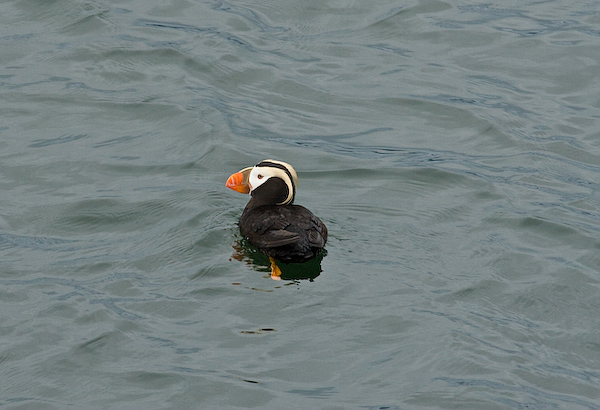 Tufted Puffins form dense breeding colonies during the summer reproductive season from British Columbia, throughout southeastern Alaska and the Aleutian Islands, Kamchatka, the Kuril Islands and throughout the Sea of Okhotsk. While they share some habitat with Horned Puffins (F. corniculata), the range of the Tufted Puffin is generally more southern. They once nested as far south as southern California, but now only a few scattered colonies remain off northern California.
Tufted Puffins form dense breeding colonies during the summer reproductive season from British Columbia, throughout southeastern Alaska and the Aleutian Islands, Kamchatka, the Kuril Islands and throughout the Sea of Okhotsk. While they share some habitat with Horned Puffins (F. corniculata), the range of the Tufted Puffin is generally more southern. They once nested as far south as southern California, but now only a few scattered colonies remain off northern California.
Tufted Puffins typically select islands or cliffs that are relatively inaccessible to predators, close to productive waters, and high enough that they can take to the air successfully. Ideal habitat is steep but with a relatively soft soil substrate and grass for the creation of burrows |
Highlight of the day: Blue Ice Glacier ice is often a deep blue color. This is because of how the sunlight passes through the ice and what happens to the sunlight. When the sunlight tries to go through the solid glacier ice crystals the sun gets broken up into lots of colors. Red and yellow have very little energy and the thick ice soaks up the red light more than it soaks up the blue light. The blue light has enough extra energy to get away from the solid ice crystals without getting absorbed or soaked up. This is why the only color people see is the blue color that escaped. The blue light has enough energy to escape the ice so that you can see it. That is why glacial ice is often a deep blue color. Glaciers get soil, rocks, snow and dirt mixed up with the ice. Then the ice can look a dirty gray color. |
Despite the lack of roads, there are over 300,000 visitors per year, most on cruise ships, traveling through Glacier Bay National Park.
Glaciers descending from high snow capped mountains into the bay create spectacular displays of ice and iceberg formation. In the last century the bay’s most famous glacier was probably the Muir Glacier, at one time nearly 3 km (2 miles) wide and about 80 m (265 feet) tall. The Muir Glacier has receded and since the 1990's is no longer tidewater. All of Glacier Bay was glacier-bound as recently as 1750.
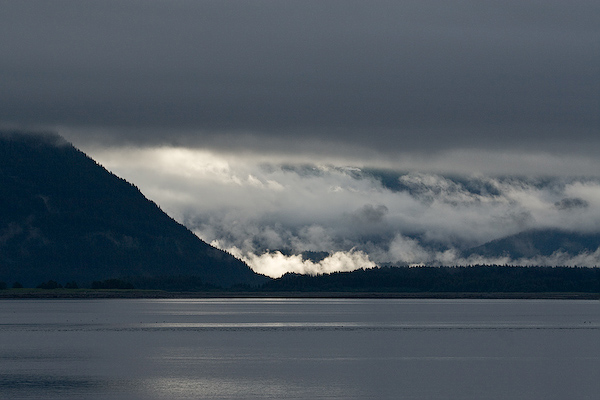
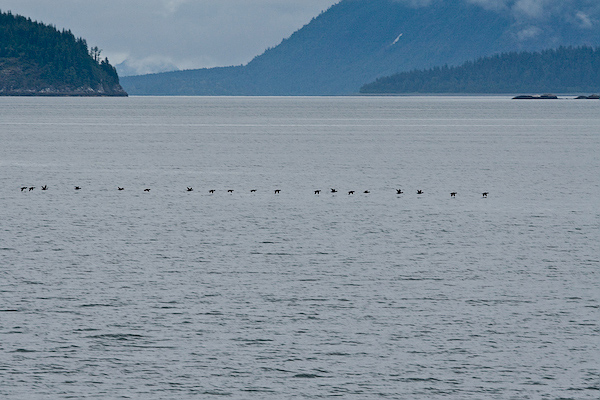
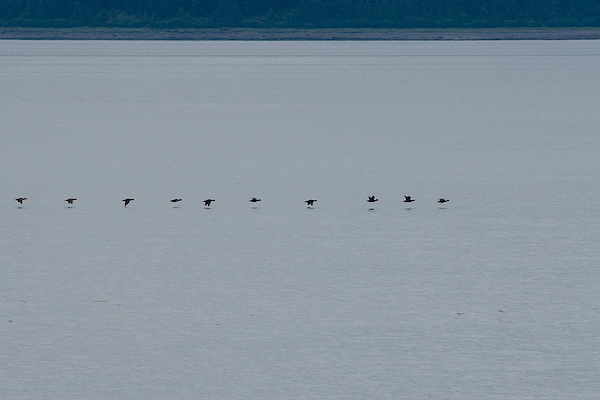
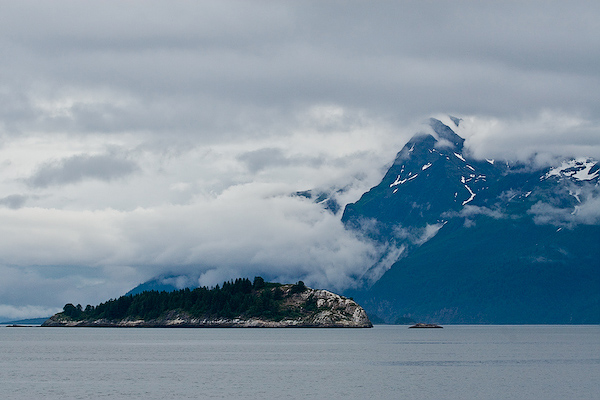
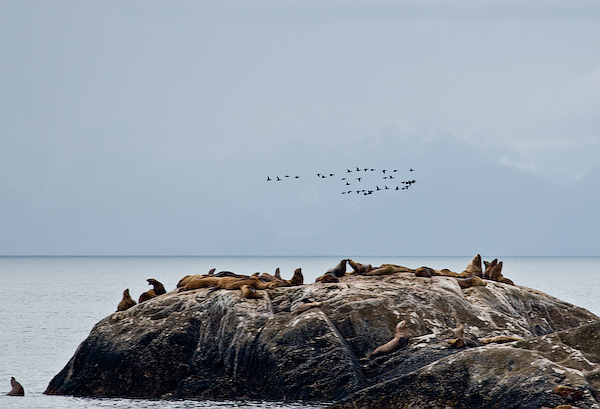
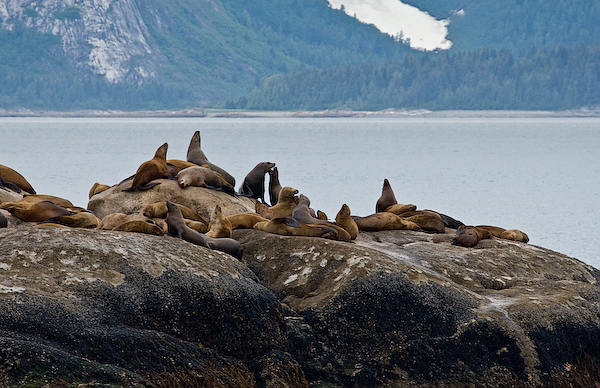
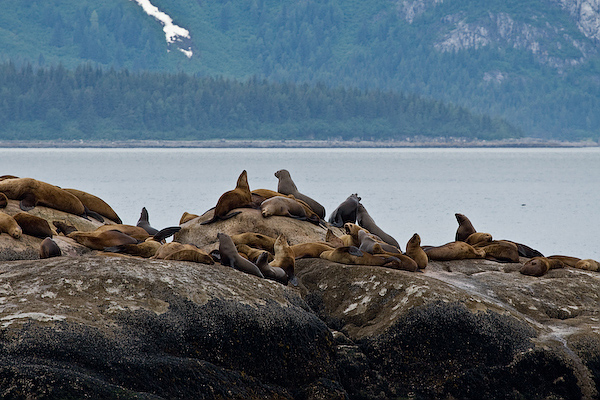
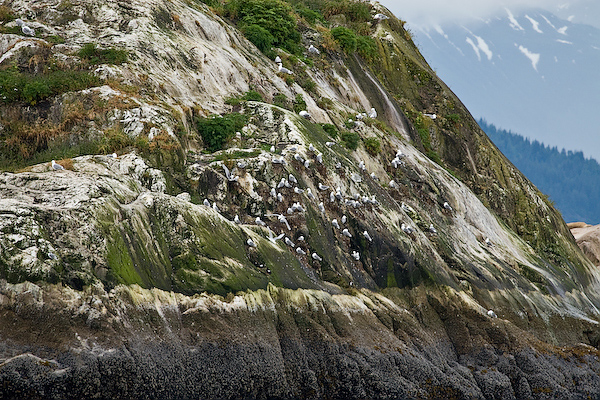
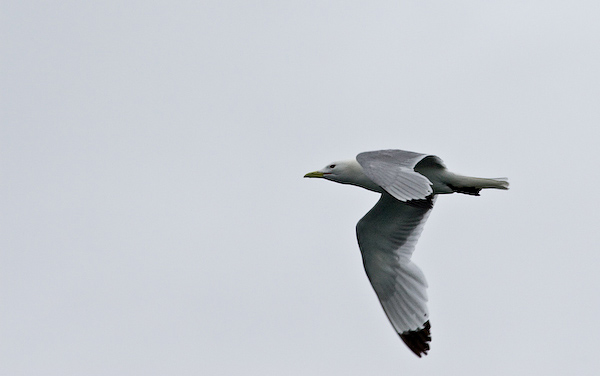
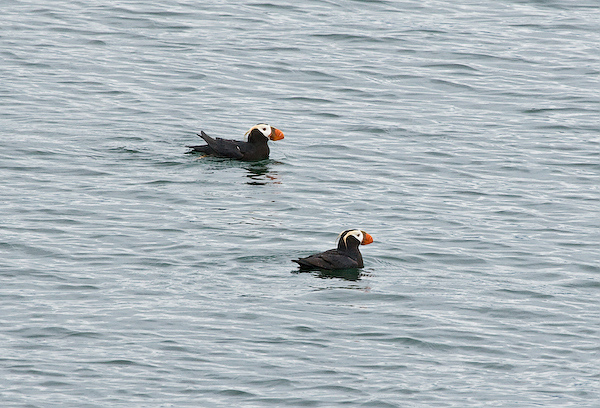
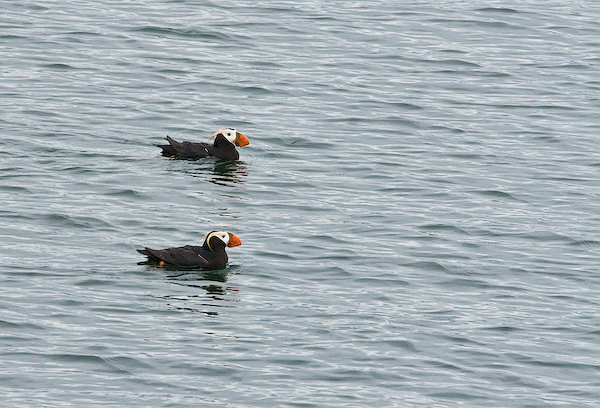
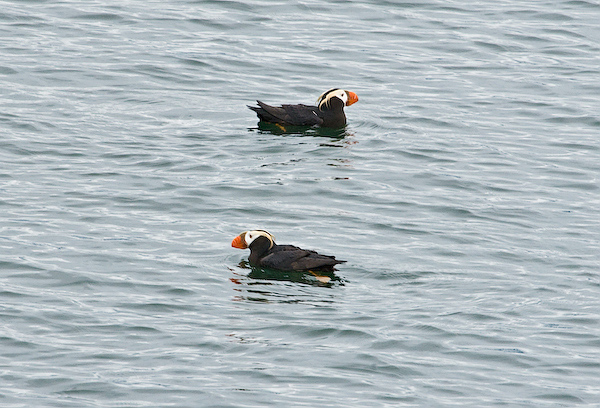
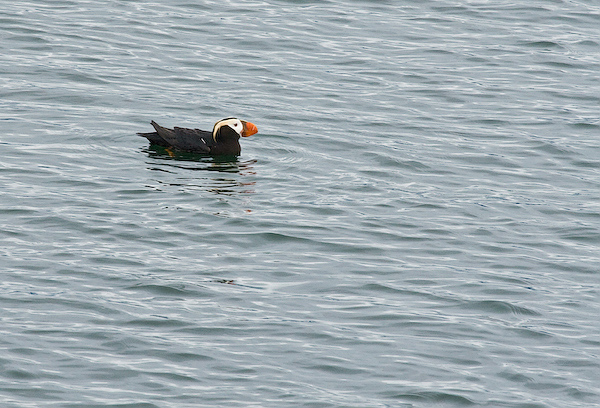
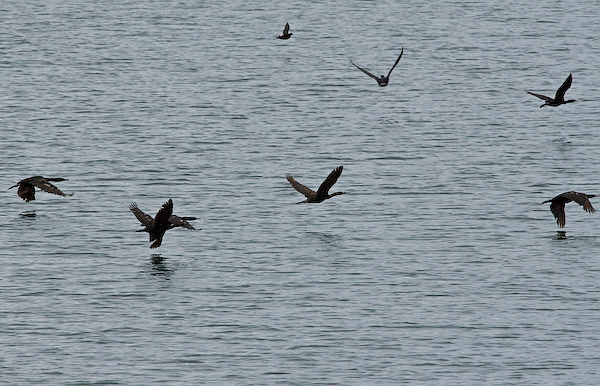
Murres
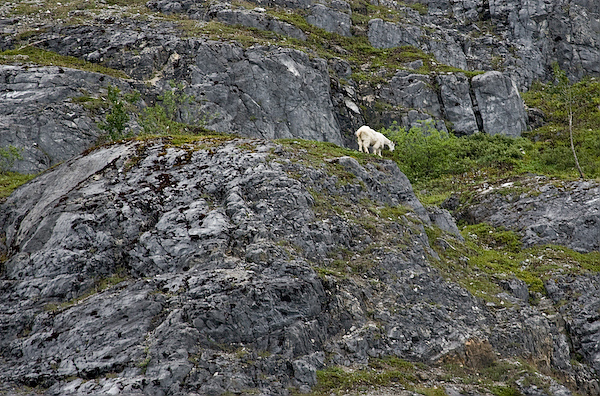
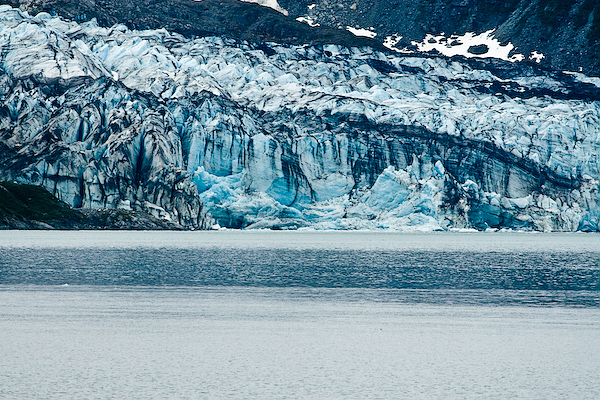
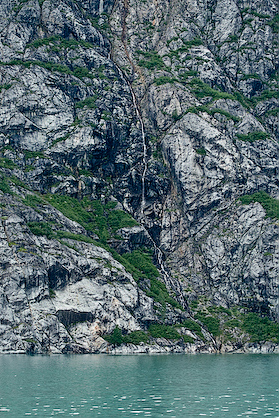
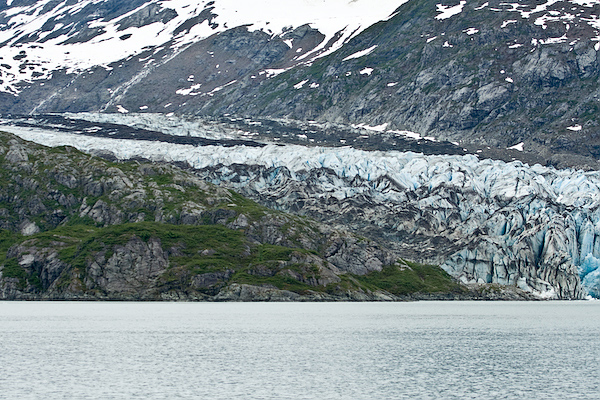
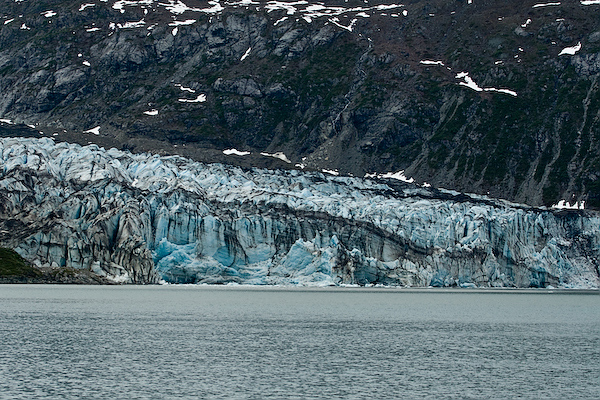
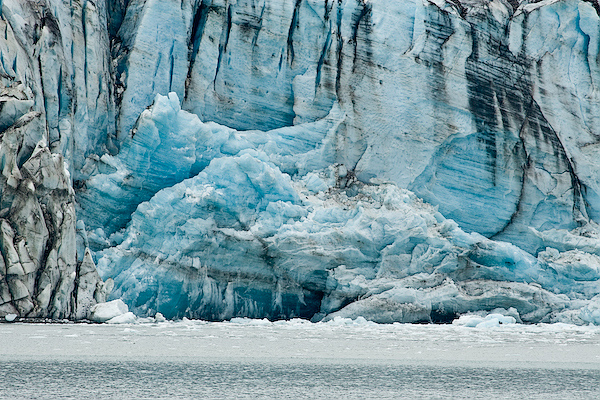
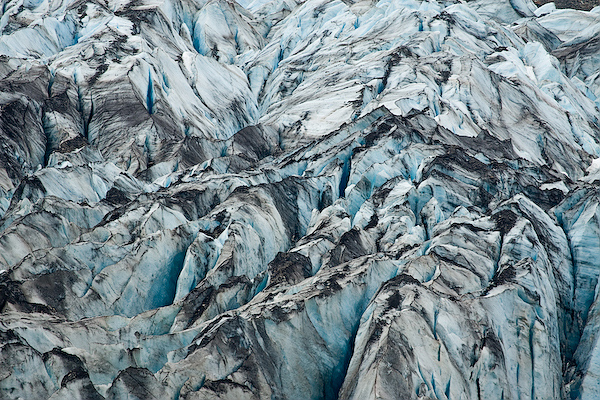
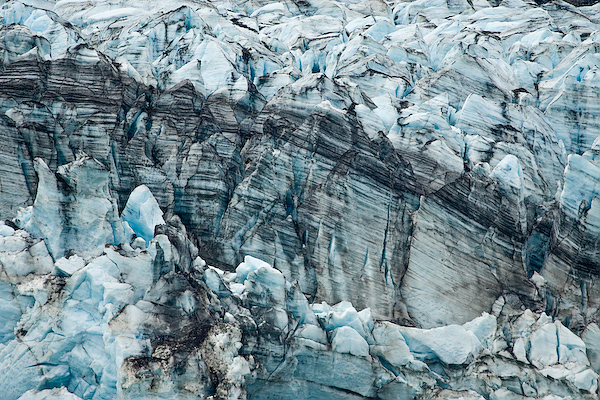
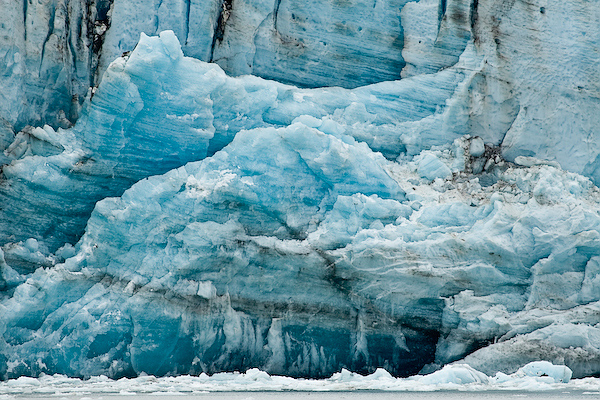
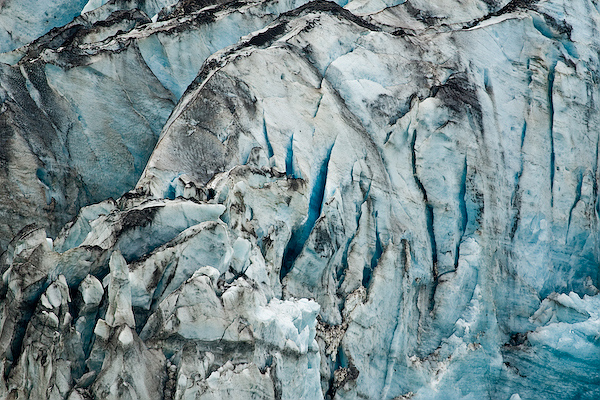
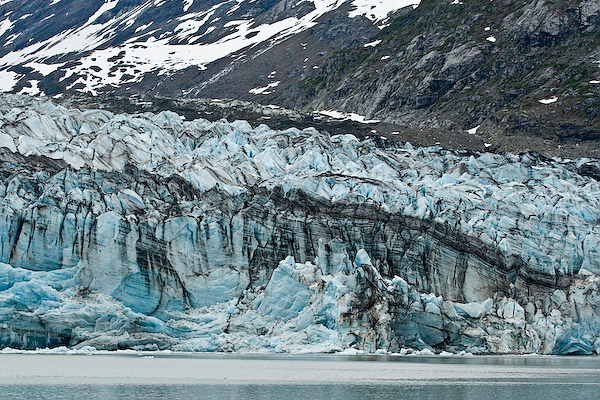
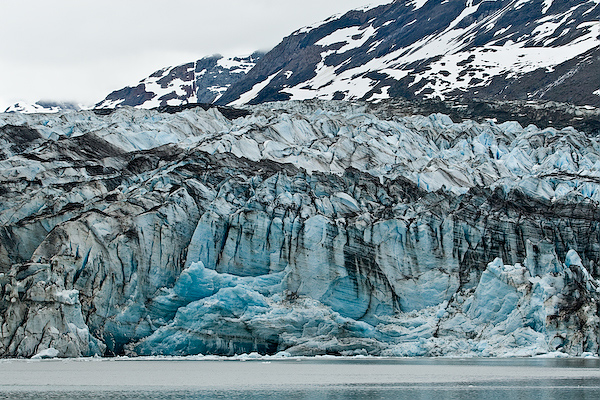
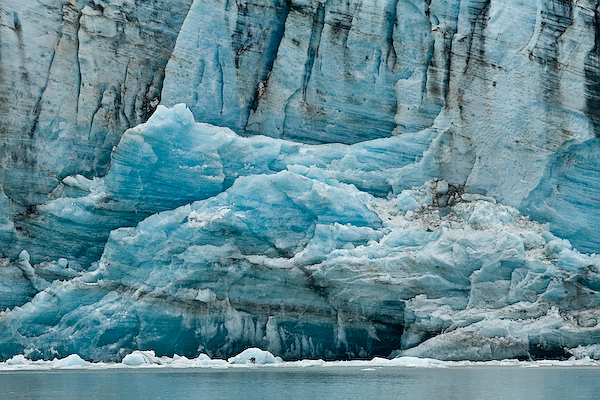
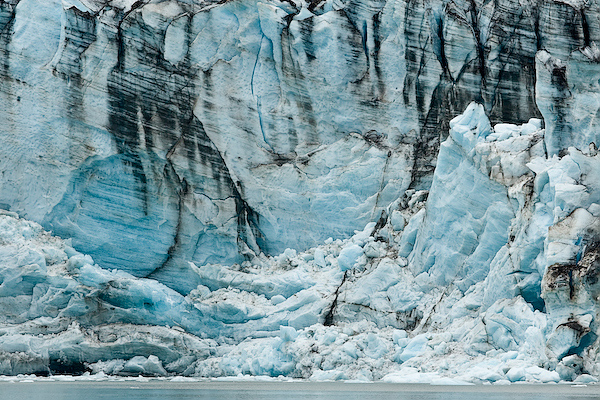
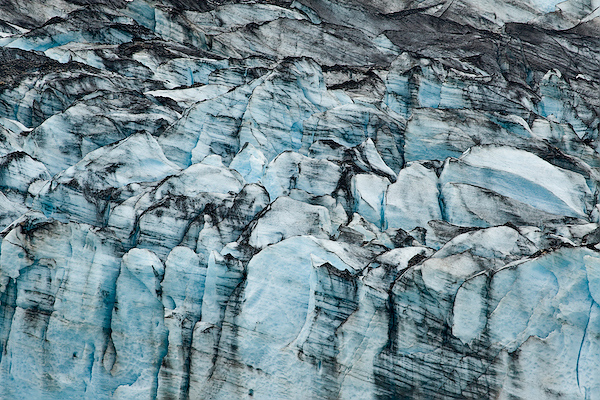
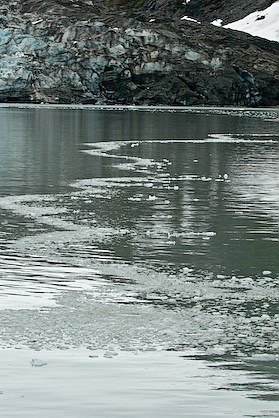
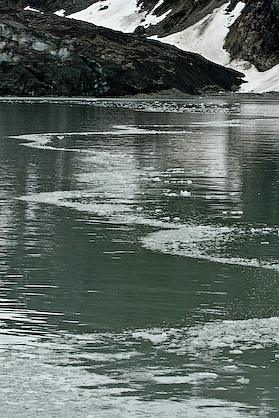
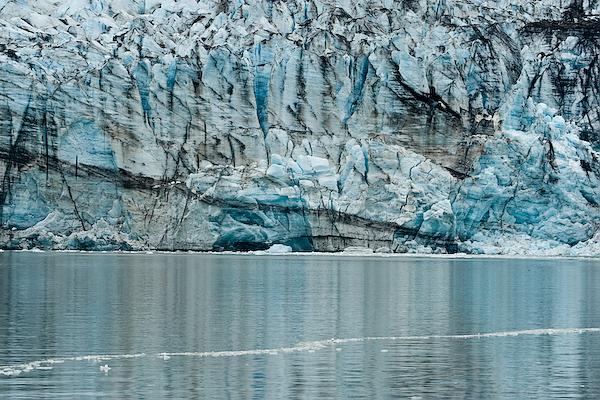
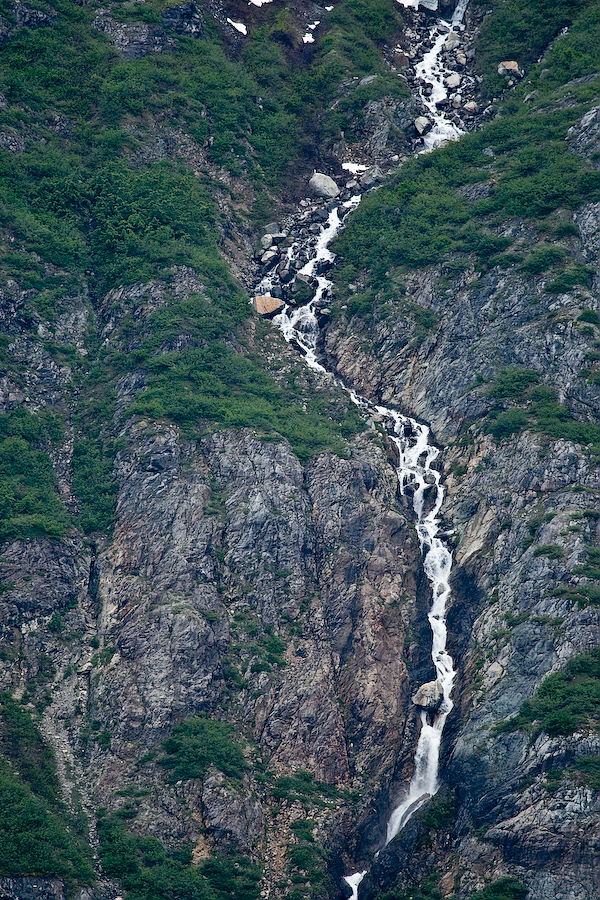
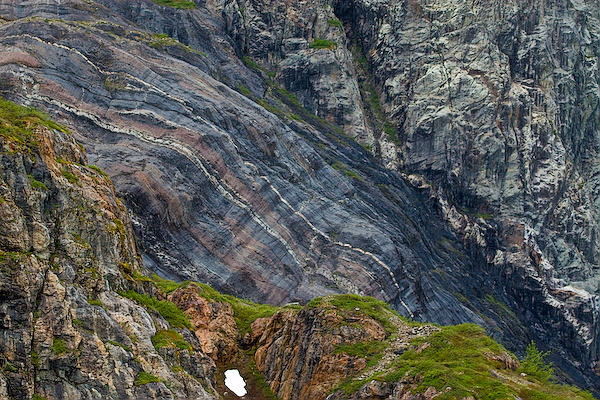
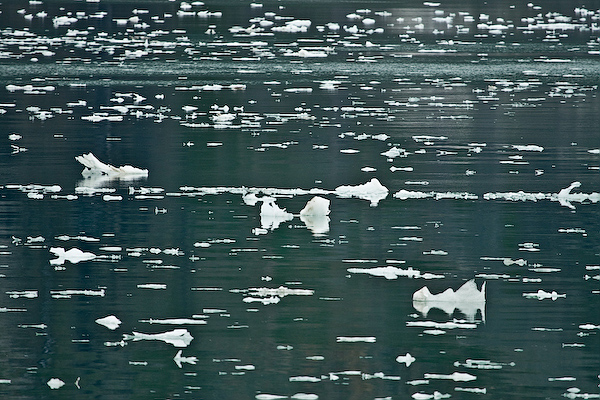
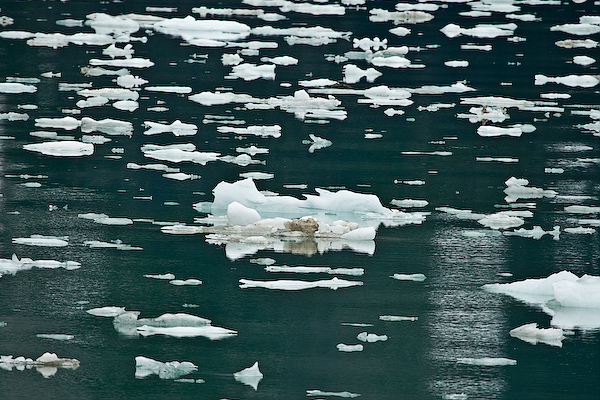
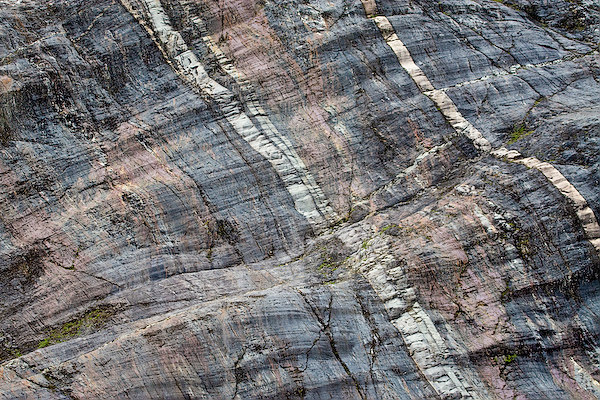
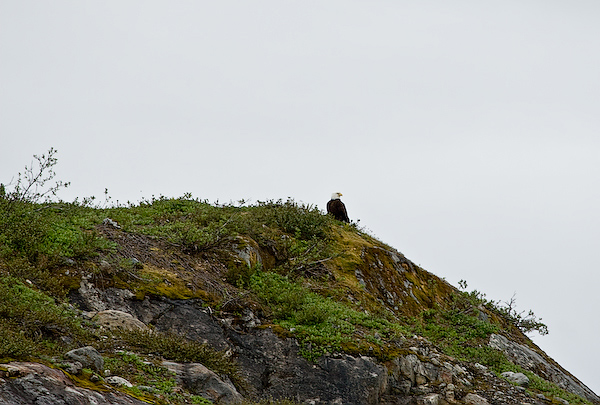
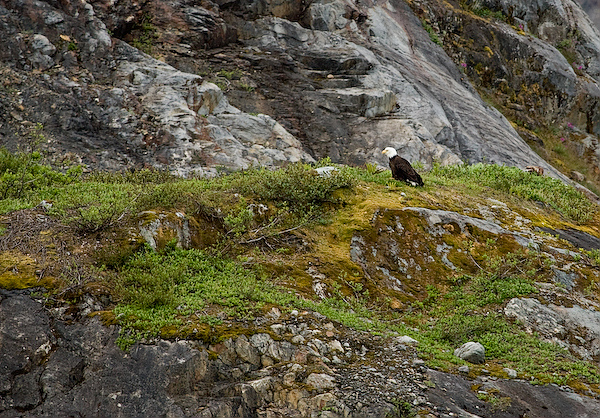
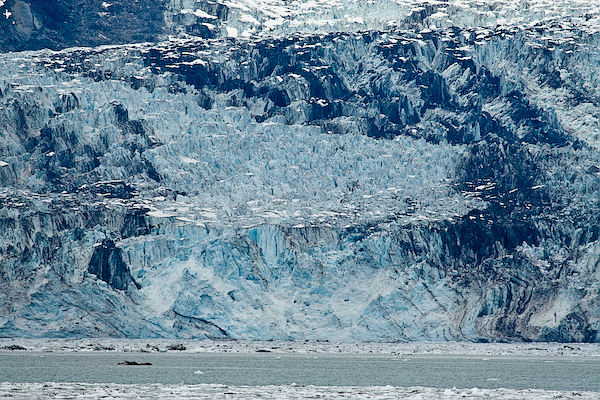
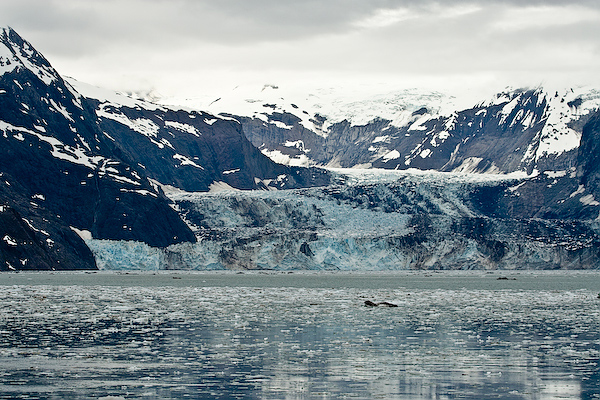
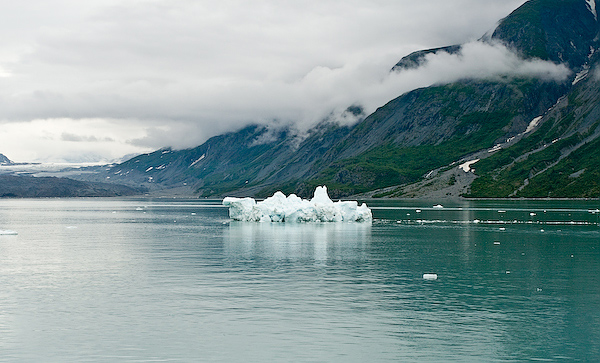
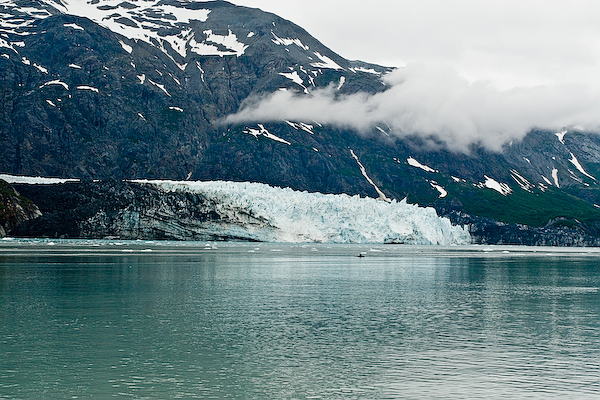
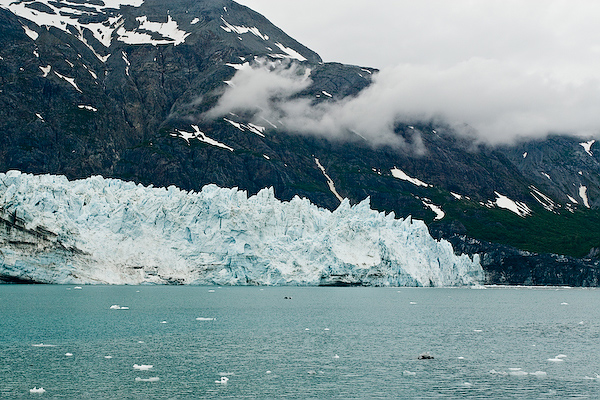
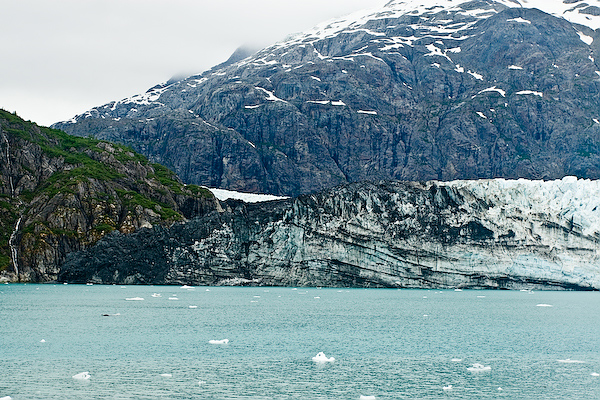
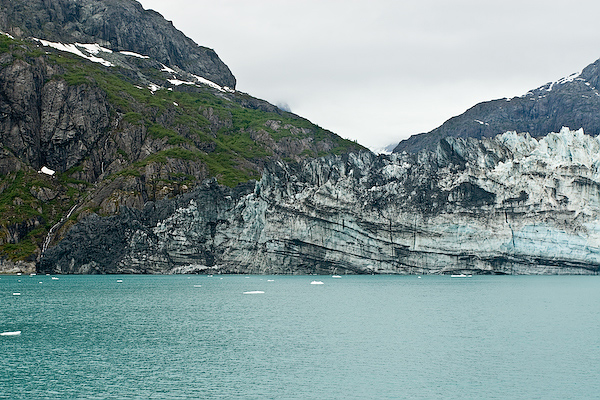

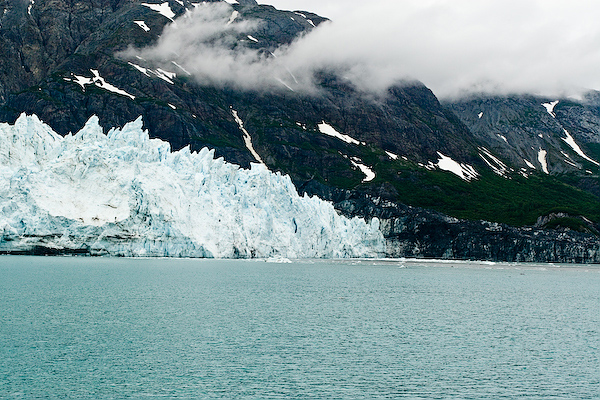
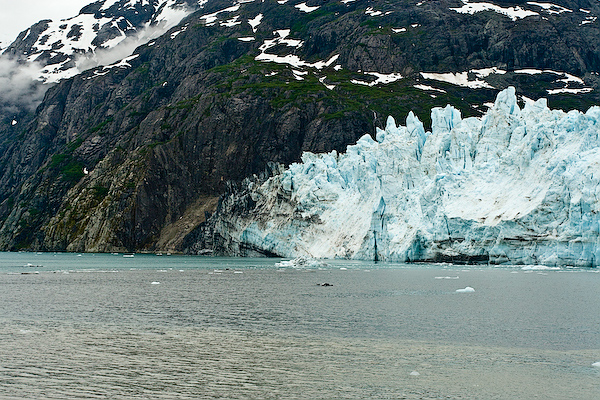
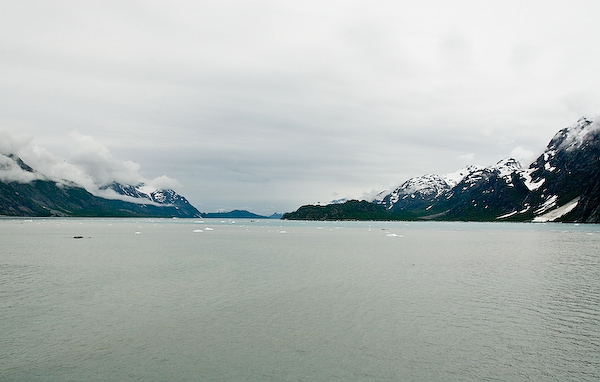
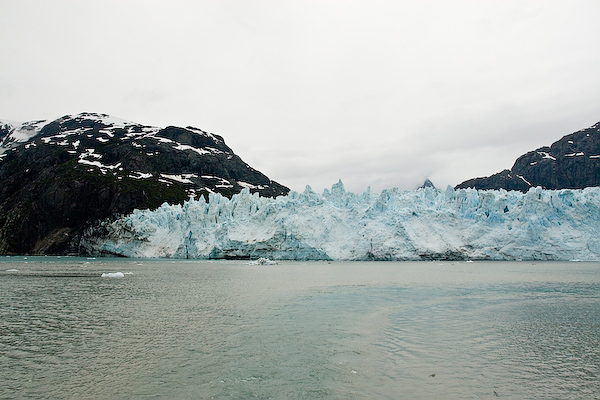
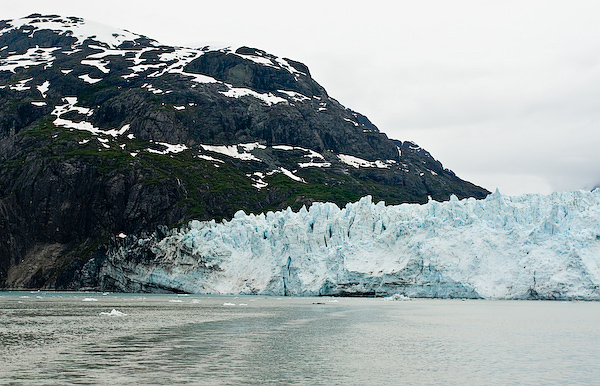
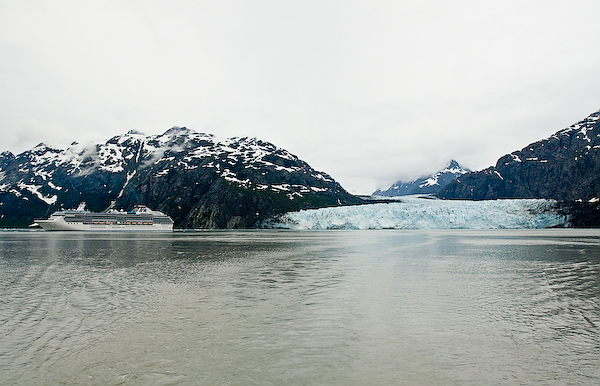
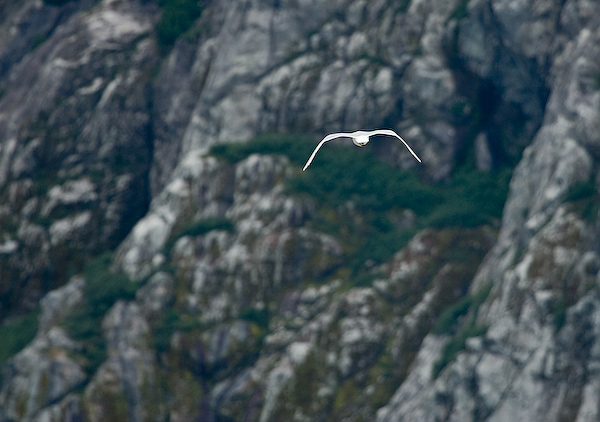
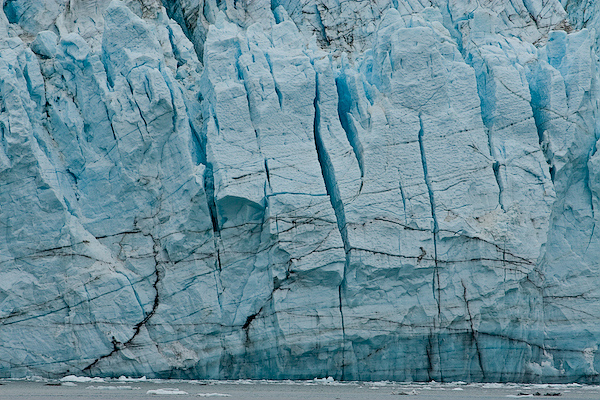
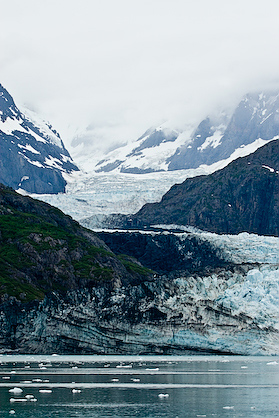
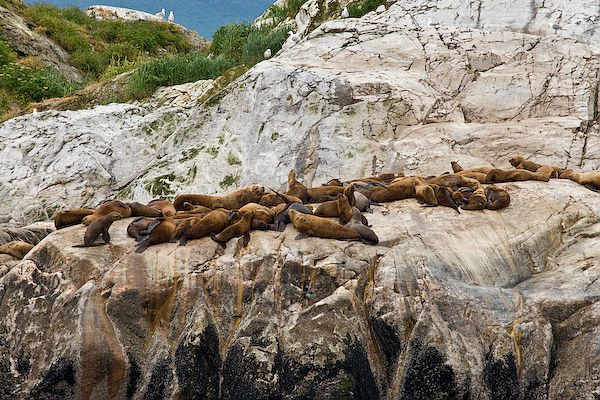

Sea Otter
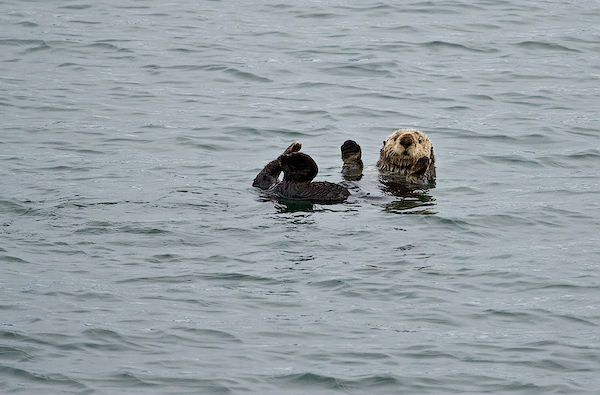
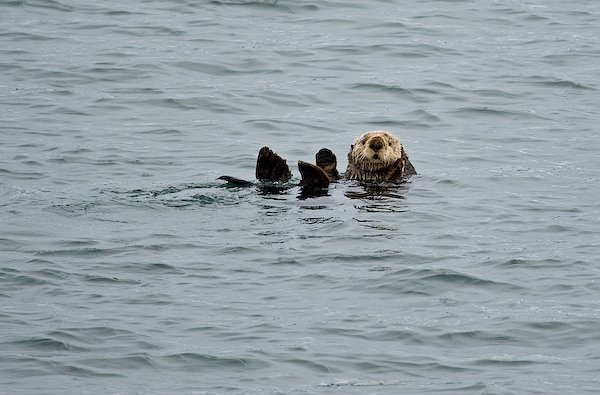
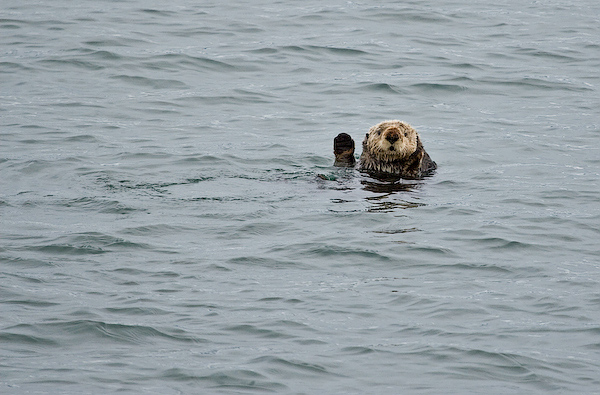
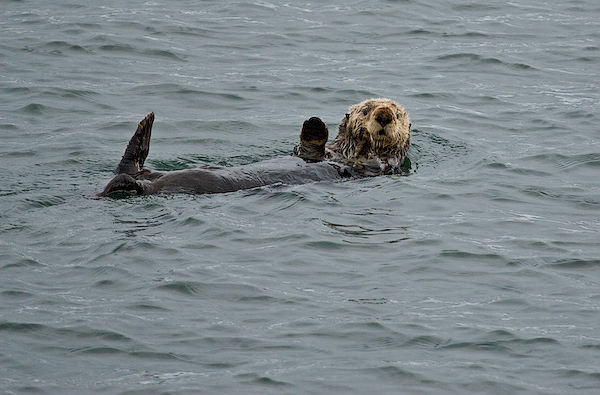
Mountain Goats.
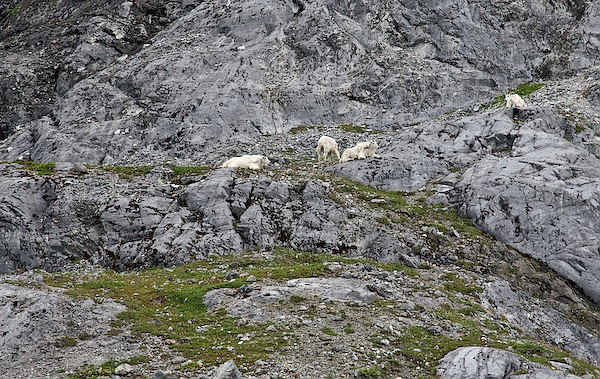
Did you know? In 1794, Captain George Vancouver and the crew of the H.M.S. Discovery charted the shores of Icy Strait, showing a mere indentation in the shoreline, "terminated by solid compact mountains of ice”, where we now find the entrance to Glacier Bay.
